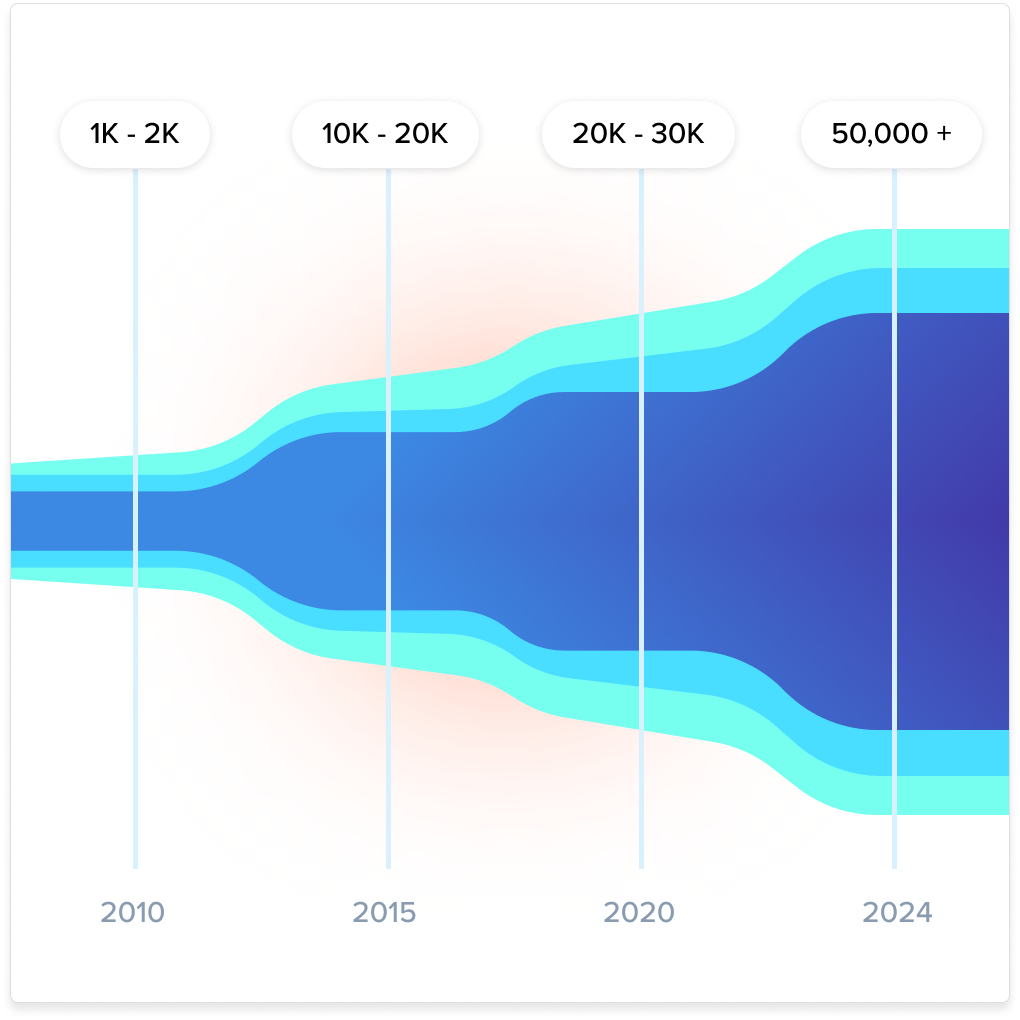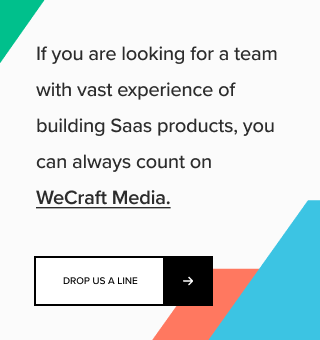Ok, I know summer is over now and the lazy days on the beach with a cocktail in your hand are all but a sweet memory, but don’t let that bring you down. I can still cheer you up with some great news.
With the fall already started, brand new energy is flowing in around the business world and it might be the perfect time to dust off that idea you’ve been holding off “until the vacation is through” and start building your first SaaS product.
“The best time to start a business is yesterday. The second best time is now!”
It might not be obvious at first, but 2024 has been a great time to build a Startup idea and things are looking quite optimistic for the future too. Here is some solid data to back this up:
The global revenue for Saas products in 2023 was estimated to be approximately $314.54 billion. This represents a significant portion of the overall cloud services market, and the SaaS industry continues to grow rapidly.
In 2024, the revenue is expected to reach around $358 billion, with forecasts projecting a potential rise to over $1.2 trillion by 2034.

Undoubtedly, the market for cloud based software is getting larger by the day, so waiting is not really a good option. If we compare the numbers above with previous years, now might be the best time to build a startup. Ever.
- Data from 2010 shows that there were around 1000 to 2000 total active SaaS products on the market
- 2015 sees a significant rise to 10 000 – 12 000 cloud based software products worldwide.
- In 2020 things are again doubled or tripled to 20 000 to 30 000
- which leads us to 2024, where the number of SaaS products is expected to exceed the astonishing 50 000 applications

It might feel like the marked is overcrowded, but in fact the demand has never been so high and there is no indications for it to peak any time soon.
That’s why if you have a great idea for a SaaS product, you should definitely take the first steps to building it. If you are not sure how to approach this, then check out this article, where I outline the process and provide practical advice on how to go through it.
Why is NOW the time to build a SaaS product
Technological advancements
Have you heard of AI? Oh, it’s that new thing that’s here to change the world. And it absolutely is changing it, but just not in a Skynet kind of way.
AI, or at least the generative AI that we already know and use every day, is here to serve, not to lead. Serve business with automating processes, optimizing operational cost, analyzing large chunks of data and providing useful insights. AI enhances the work we are all doing and provides us a good base to do it even better and more efficiently.
To some AI might look as a treat, to some is the solution, but the truth (as it always happens) lies in between. And if you have an idea for a SaaS product, AI can definitely be a powerful tool.
At the beginning, wrapping your head around all processes you must set and run to get things going is hard. There are many tools, which can significantly enhance your productivity, streamline processes, and help you create a more successful SaaS product. Here are some of them for you to consider:
For product development, you can use services like:
- There are React.js / Angular / Vue.js for building interactive front-end applications.
- Frameworks for building server-side applications: Node.js / Django / Ruby on Rails
- For storing and retrieving application data: MongoDB / PostgreSQL / Firebase
- For designing user interfaces and creating prototypes you can use Figma / Sketch / Adobe XD
- For collaboration and project management check out Trello / Asana / Jira
- You’ll need a Cloud based platform for deploying and hosting your application, like Google Cloud / AWS / DigitalOcean
- For payment processing you can use Stripe / PayPal
- For managing customer support and communication explore products like Zendesk / Intercom / Freshdesk
- Analytics and Monitoring – take a look at Google Analytics / Mixpanel / Hotjar
- For managing marketing campaigns and social media there are applications like Mailchimp and HubSpot
With AI making it’s way to wider range of cloud based services, it will get easier to use and manage the tools and services you pick for your founder journey.
Changing consumer behaviour
Consumer behaviour has shifted greatly in the last few years, mostly because of the pandemic.
The world learned how to shop online, how to have fun online, how to work remotely, but maybe most importantly, we learned to assess the products we use. A SaaS product, which solves a major problem for it’s customers and listens closely to their feedback can go a long way. Listening to your customers will turn out to be of significant importance at every step of the way.
In 2020, just an year in the pandemic, U.S. e-commerce sales increased by $244.2 billion, marking a 43% rise from 2019. Sales went from $571.2 billion in 2019 to $815.4 billion in 2020. And in 2024, U.S. e-commerce sales are projected to reach approximately $1.26 trillion
Worldwide, the e-commerce market revenue is forecast to reach $5.47 trillion by 2027
Funding and access to investments is easier
Discuss the evolving landscape of funding opportunities, including venture capital trends, crowdfunding, and government grants available for startups in 2024.
A key point in the plan for any startup product is figuring out how it will be funded. History is full of examples of products that started in someone’s garage and others that got a serious investment right at the beginning.
There’s no right or wrong way to do it, each product has its own unique journey.
If you have an idea for a product and you’re going solo, you’ll need to be really good at making that product. But since it’s tough for one person to be an expert in everything, that’s why most startups are founded by two or more co-founders. And when it comes to bootstrapped products, having at least one tech co-founder on the team is super important.
It’s also pretty common to build a Minimum Viable Product (MVP) using personal funds or resources from within the company, and then seek funding to quickly grow and capture the market.
However, Investors are more likely to back a venture that has moved beyond the idea stage. Demonstrating progress, even if it’s just having a MVP or some initial traction, can significantly improve your chances of securing funding. Starting now means you can approach investors earlier with real results and user feedback that can validate your business concept.
Nowadays, with the every growing number of SaaS products, it’s getting easier and easier to find funding from venture capital, angel investors, crowdfunding, government grants or various incubators/accelerators.
Final thoughts
Starting a SaaS product in 2024 doesn’t have to mean putting all your money at risk or needing a huge investment. You can quickly create an MVP that sparks interest and addresses specific problems related to the product you’re trying to launch. An MVP requires relatively few resources, takes little time to build, and can really help validate your idea.
So, dust off that idea, draft a plan, and start building. Your future customers are waiting.
Embrace the journey, and remember, in the realm of technology and innovation, now is always the best time to start.





